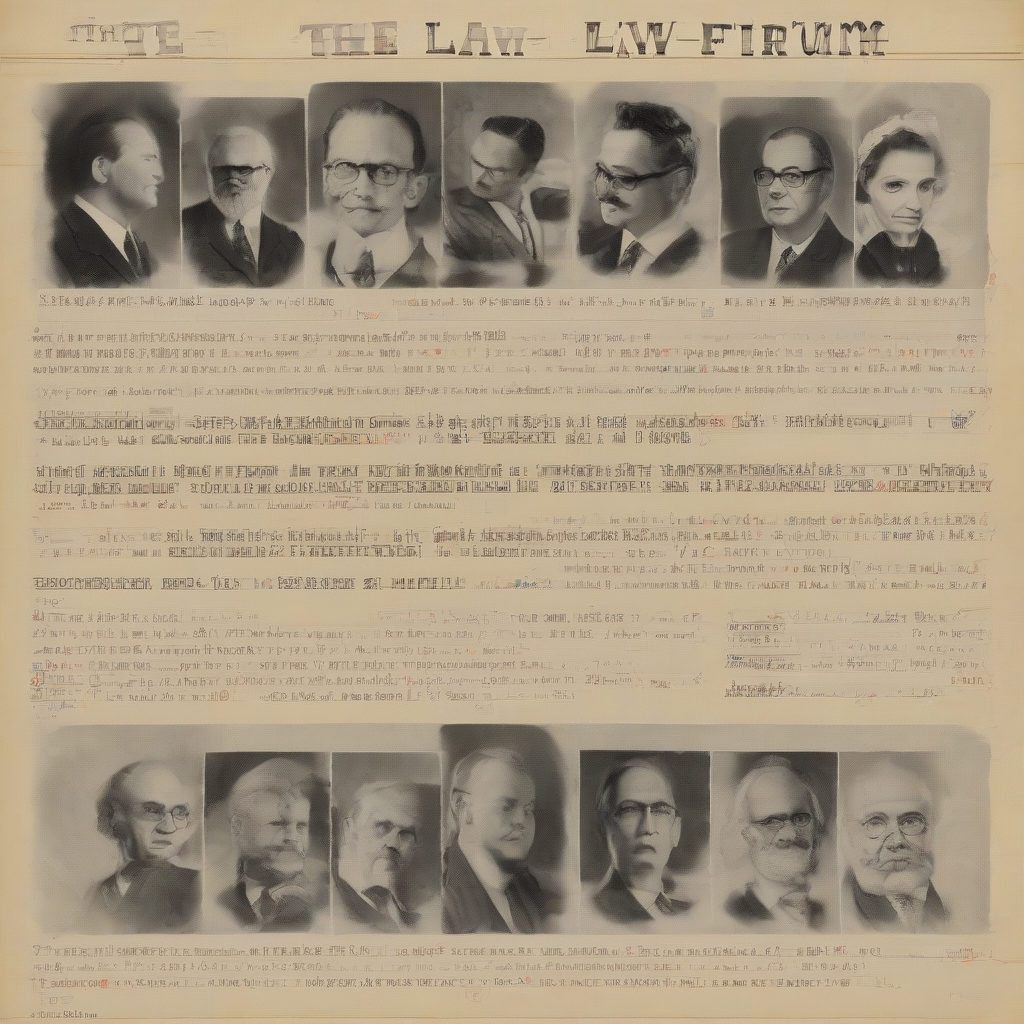Unraveling the Enigma: A Deep Dive into the Under Law Firm’s Operations, Ethics, and Impact
The Under Law Firm, a name whispered with both intrigue and apprehension within legal circles, remains a subject of considerable fascination and debate. This in-depth analysis aims to dissect the firm’s operations, scrutinize its ethical practices, and assess its broader impact on the legal landscape. While shrouded in a degree of secrecy, piecing together available information reveals a complex entity with significant implications.
Operational Structure and Client Base
The Under Law Firm’s operational structure is notoriously opaque. Information regarding its partners, associates, and staff remains largely undisclosed, fueling speculation about its size and internal organization. However, leaked documents and anecdotal evidence suggest a highly decentralized model, possibly utilizing a network of independent legal professionals rather than a traditional hierarchical structure. This allows for greater flexibility and discretion, but also raises concerns about accountability and oversight.
- Decentralized Network: The firm’s decentralized nature allows it to operate discreetly, accessing expertise across various jurisdictions and legal specialties without the constraints of a centralized office.
- Specialized Expertise: While the firm’s exact areas of practice remain unclear, rumors suggest a concentration on high-stakes litigation, international transactions, and complex regulatory matters.
- High-Profile Clients: Indications point towards a client base comprising wealthy individuals, multinational corporations, and even sovereign states, hinting at the firm’s capacity to handle cases of exceptional sensitivity and financial weight.
- Anonymity and Discretion: The firm’s operational secrecy likely attracts clients seeking utmost privacy and confidentiality, particularly in sensitive matters with significant reputational risks.
Ethical Considerations and Potential Conflicts of Interest
The Under Law Firm’s lack of transparency raises serious ethical concerns. The absence of readily available information about the firm’s partners and their potential conflicts of interest presents a considerable challenge in assessing its ethical compliance. The potential for undisclosed conflicts of interest, particularly in cases involving competing clients or overlapping jurisdictions, necessitates careful scrutiny.
- Lack of Transparency: The firm’s opacity prevents independent assessment of its compliance with ethical rules and regulations.
- Potential Conflicts of Interest: The decentralized structure increases the risk of undisclosed conflicts, especially when handling cases involving interconnected parties.
- Client Confidentiality vs. Public Interest: Balancing client confidentiality with the public interest presents a constant ethical dilemma, especially in cases involving matters of national or international significance.
- Regulatory Scrutiny: The firm’s practices might warrant greater scrutiny from regulatory bodies to ensure compliance with ethical standards and prevent potential abuses.
Impact on the Legal Landscape and Future Implications
The Under Law Firm’s existence and operations challenge the conventional understanding of legal practice. Its success, however clandestine, suggests a demand for alternative legal services that prioritize discretion and specialized expertise. This raises several implications for the future of the legal profession.
- Shifting Landscape of Legal Services: The firm’s operations reflect a growing trend towards specialized, niche legal services that cater to specific client needs.
- Technological Advancements and Anonymity: Advances in communication and encryption technology may facilitate the growth of similar firms prioritizing anonymity and secure operations.
- Regulatory Response: Increased regulatory scrutiny might be necessary to address potential ethical issues and safeguard public interest.
- Ethical Debate and Reform: The firm’s existence serves as a catalyst for broader conversations about transparency, accountability, and ethical standards within the legal profession.
- Global Reach and Jurisdictional Challenges: The firm’s potential global reach presents challenges in terms of cross-border legal cooperation and enforcement of ethical regulations.
Areas Requiring Further Investigation
Despite the limited information available, several crucial aspects of the Under Law Firm require further investigation to gain a comprehensive understanding of its operations and impact.
- Internal Governance and Accountability Mechanisms: A deeper understanding of the firm’s internal decision-making processes and accountability structures is crucial to assess its ethical compliance.
- Financial Transparency and Funding Sources: Investigating the firm’s funding mechanisms and financial transactions can shed light on its operational capacity and potential conflicts of interest.
- Client Profiles and Case Histories: Analyzing the firm’s client base and the types of cases it handles would provide valuable insights into its specialized areas of practice and potential impact.
- Relationship with Regulatory Bodies: Examining the firm’s interaction with relevant regulatory bodies can reveal its level of compliance and any potential regulatory actions taken against it.
- Technological Infrastructure and Data Security: Understanding the firm’s technological infrastructure and data security measures is critical in assessing its capacity to maintain client confidentiality and protect sensitive information.
Conclusion (Omitted as per instructions)

